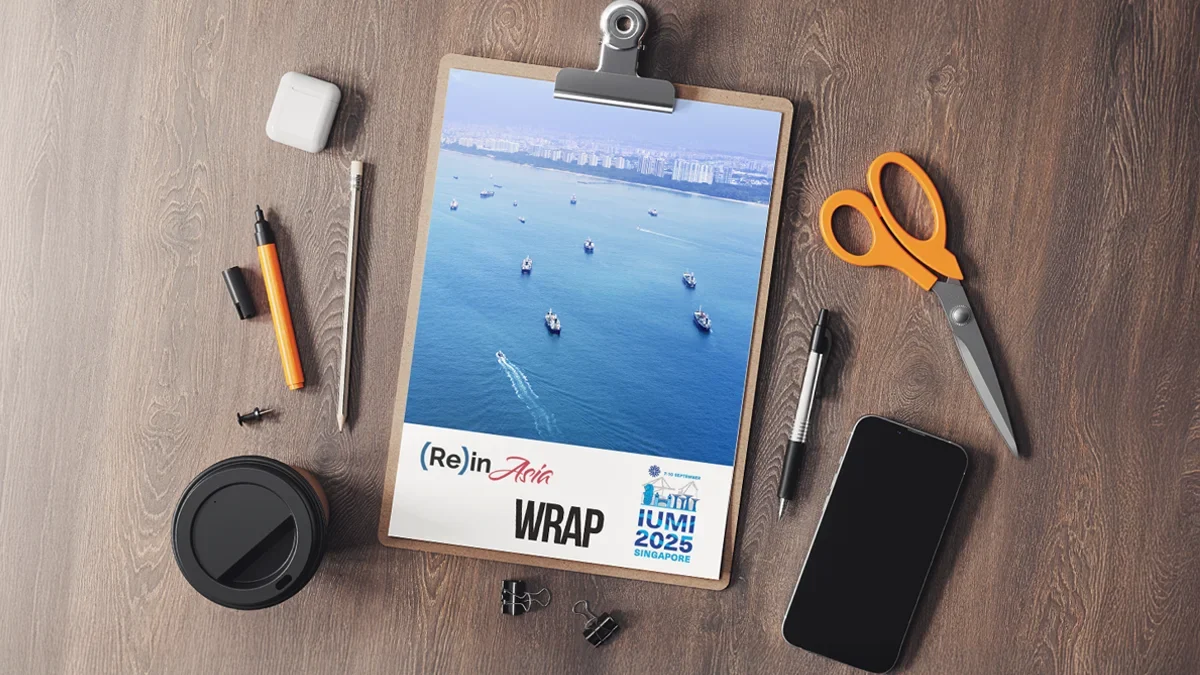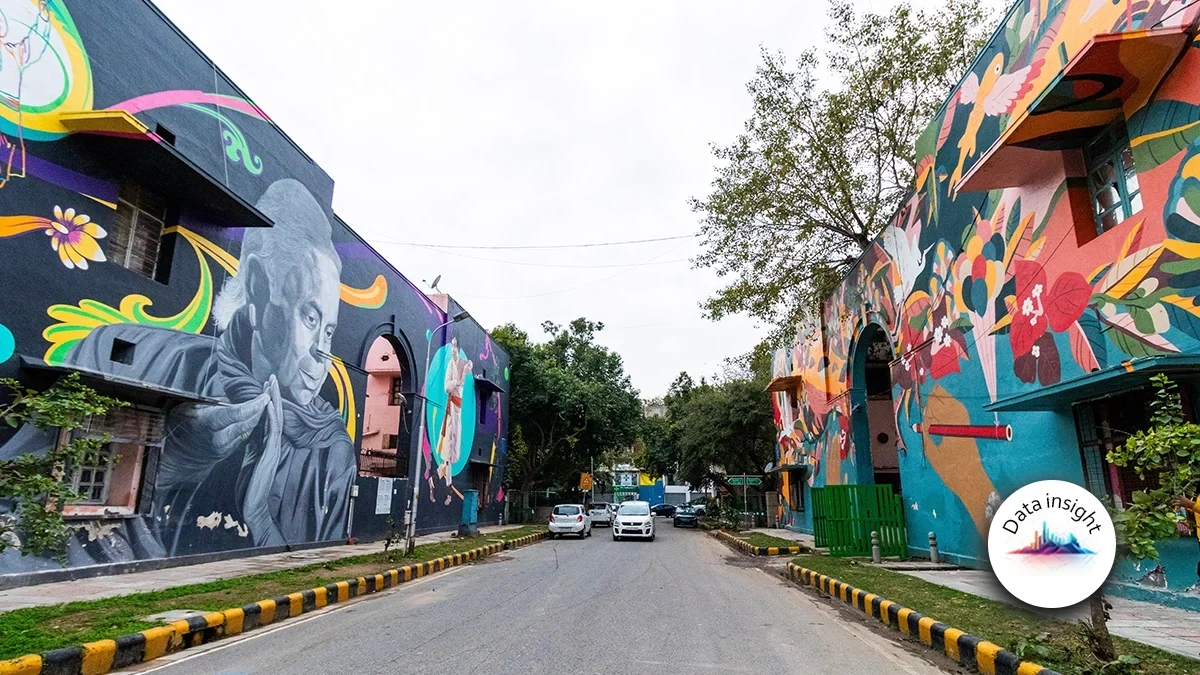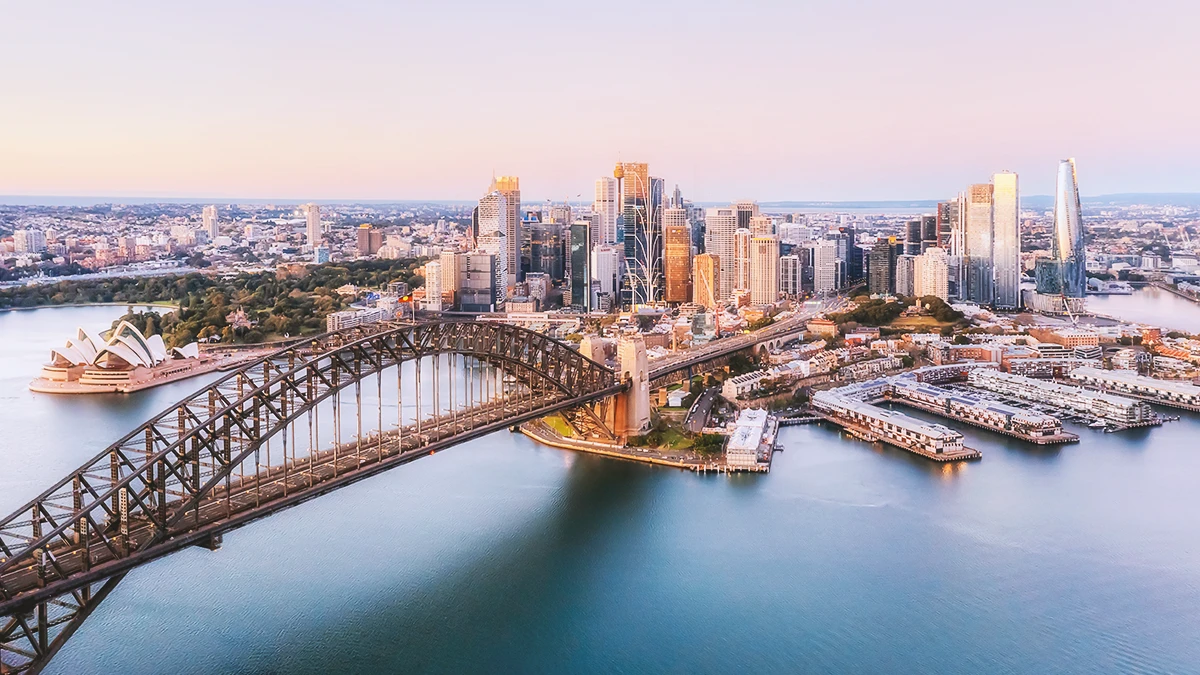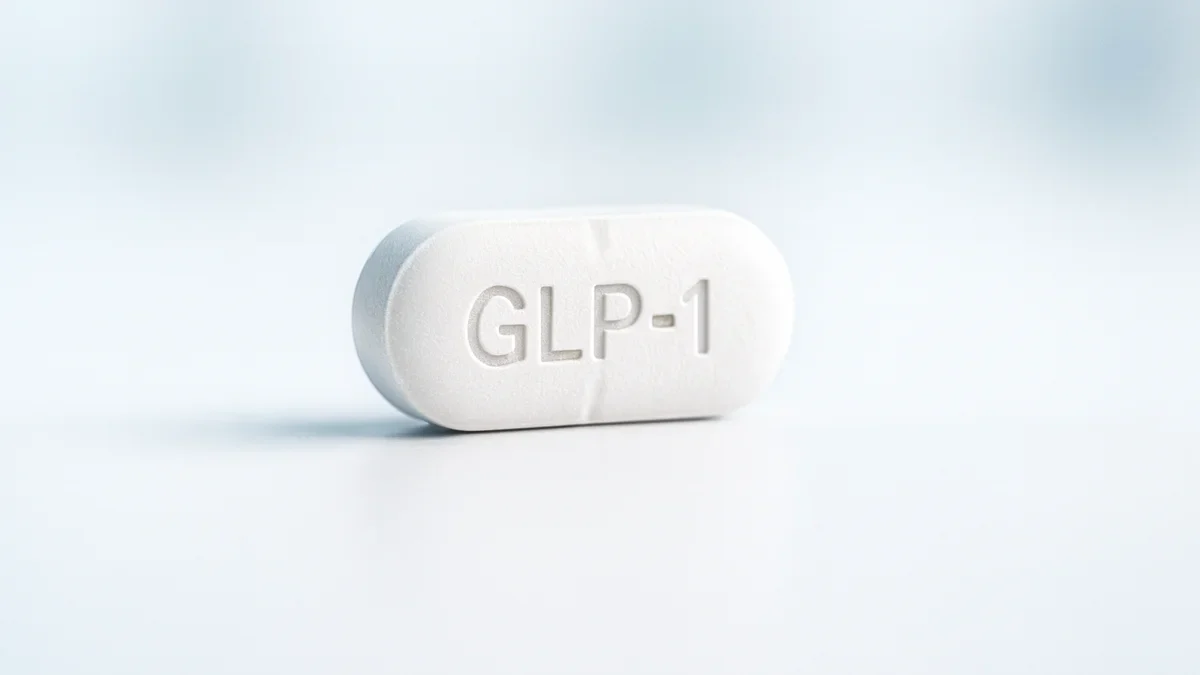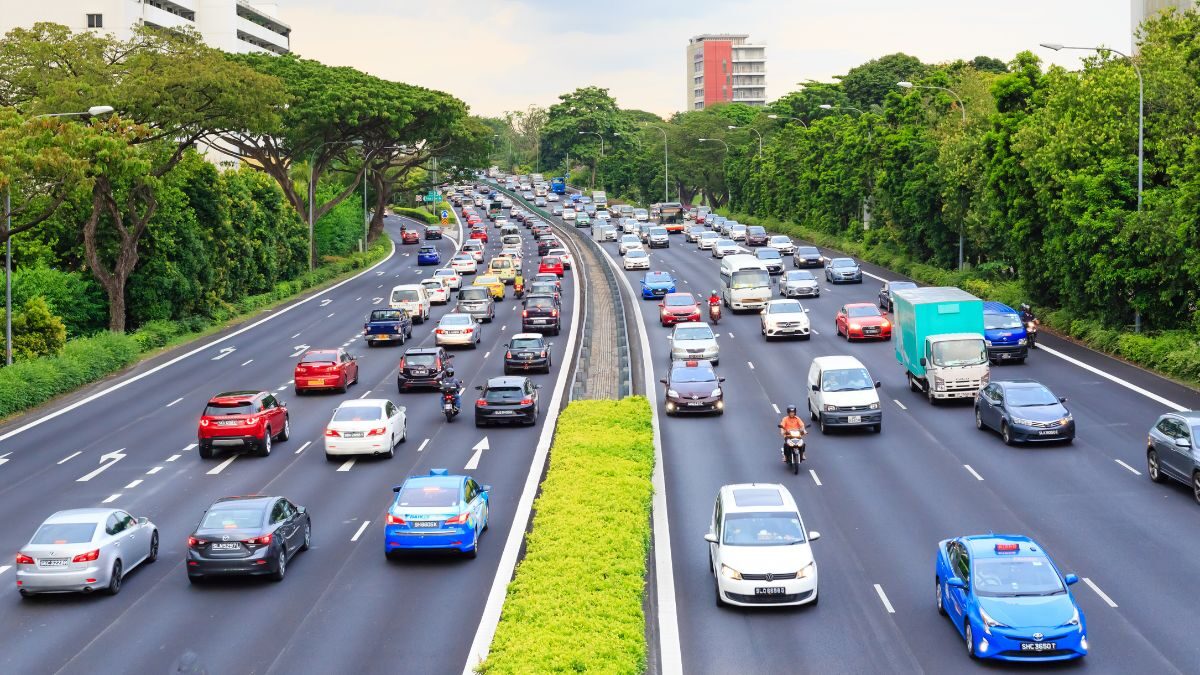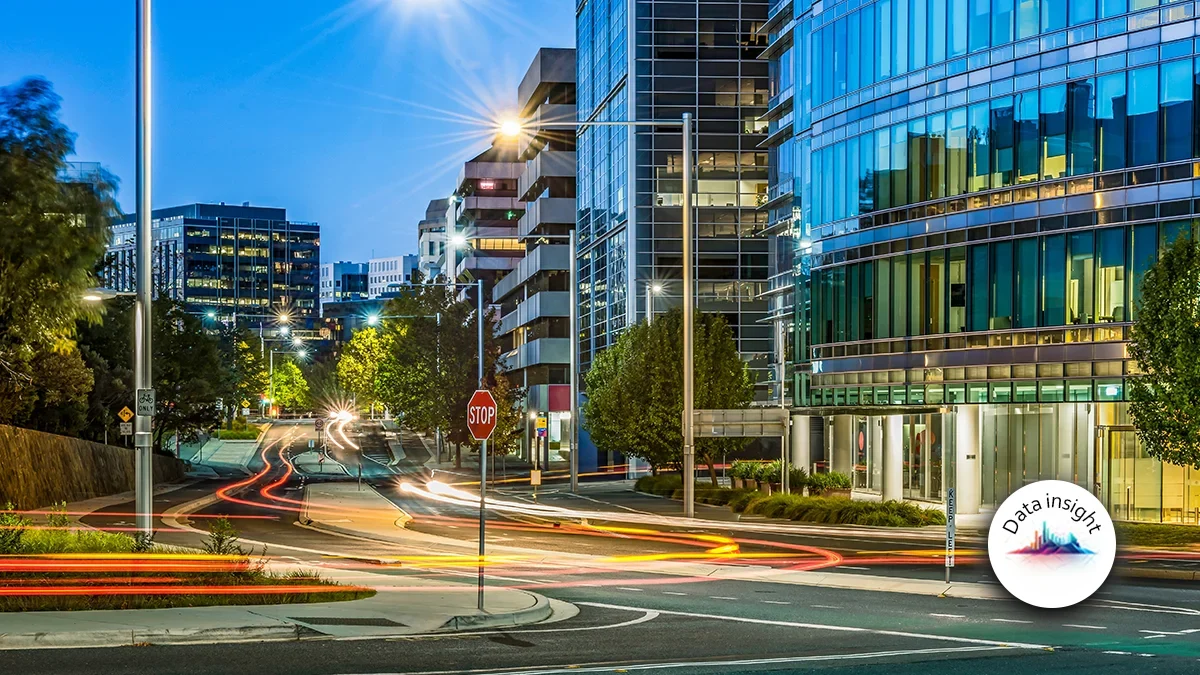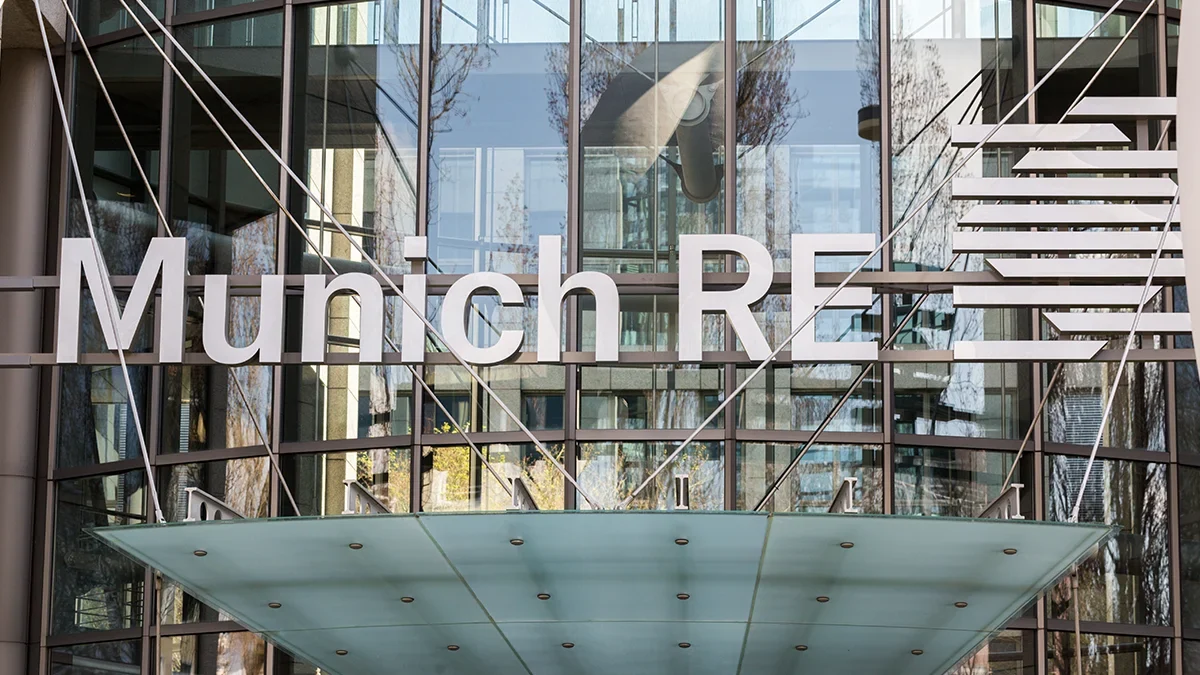(Re)in Summary
• Trade fragmentation is “here to stay”, as marine insurers face fundamental challenges from geopolitical tensions, macroeconomic pressures and trade barriers.
• Geopolitical risks force vessels onto longer routes, driving up claims frequencies and severity, as sanctions and tariffs drive compliance risk through dark fleets.
• AI and data analytics can enable insurers to transform how they manage tariff, compliance and trade disruption risks, helping them “get better” at understanding policy dependencies and assumptions to deal with political risk.
• Data visibility has also driven new products, allowing insurers to add value to and fill gaps in cargo coverage through parametric insurance.
• Success in this “brave new world” will depend on insurers’ ability to be flexible, adaptable and timely in decision-making.
This year’s International Union of Marine Insurance conference, held in Singapore for the second time in 21 years, was held amid some of the biggest geopolitical and macroeconomic shakeups in modern history.
An end to globalisation—or what some have called “de-globalisation”, or more optimistically, “re-globalisation”—has meant shifts in trade routes and a change in insurers’ risk calculus, as foundations of international commerce are reshaped by tariffs, sanctions and conflicts.
Frédéric Denèfle
IUMI president“Hard national interests are taking precedence over international cooperation and peaceful economic growth,” said IUMI president Frédéric Denèfle in his opening speech at the conference on Monday (September 8).
The changing environment does not mean the end of international trade, but a shift into a new era that marine insurers will have to navigate and understand, Denèfle said.
“The global trade environment is no longer moving toward seamless integration,” he said. “Instead, fragmentation is taking hold, creating new challenges and new opportunities for risk assessment, underwriting and innovation.”
Changing tides
Global trade has reconfigured in light of the US-China trade war, and new corridors that bypass traditional East-West routes have emerged.
Trade with the Regional Comprehensive Economic Partnership (RCEP) bloc represented US$8.9 trillion in 2024, with US$2.2 trillion of this being intra-bloc trade between bloc members—ASEAN member countries, Australia, China, Japan, South Korea and New Zealand.
Trade between China and ASEAN now exceeds that of the EU and US. “Things are being rerouted to ASEAN, passing through the ports here before moving on to the EU or the US… things are being sold to ASEAN itself,” said Cheok.
As China’s exports find a new home, trade fragmentation will be “here to stay”, said Denise Cheok, Head of Southeast Asia economics at Moody’s in Singapore.
“It’s easy to ramp up threats, it’s easy to ramp up tariffs, but they tend to be sticky on the way down,” Cheok said. “This is something we have to contend with for the next three years at least.”
Marine insurers now face fundamental challenges from political and policy-driven risks, from changing tariff rates issued by diktat in Washington to the rise in dark fleets and emerging cyber risk.
Already, geopolitical uncertainty, war risks and sanctions have forced vessels on longer, costlier routes, driving claims frequencies and severity. Trade uncertainties have also slowed hull replacement pipelines as fleets age and face a silver tsunami.
Denise Cheok
Head of Southeast Asia Economics at Moody’sTensions have also led to the rise of the dark fleet, GPS jamming and AIS spoofing, all of which complicate cyber and compliance risks. Advanced spoofing has been used to hide Russian oil transfers in dark fleet transshipments, adding compliance and risk layers, as the number of dark fleet tankers and ships grows.
Ship-to-ship transfers have also risen in Southeast Asia, as companies engage in sanctions and tariff evasion through relabelling or origin-washing.
“More and more of this deception is taking place as a means to circumvent (sanctions) targeting,” said Jeremy Domballe, product director, Maritime Risk & Compliance at S&P.
Rerouting has meant that ships face risks from harsher weather and less familiar routes. Cefor, the Nordic association of marine insurers, saw an increase in weather-related claims from 2022, when Red Sea-related rerouting began, driving claims frequency.
“We saw a clear increase in weather related claims and we have also verified that the location of these claims were in that region (around the Cape of Good Hope),” said Astrid Seltmann, vice chair of IUMI’s Facts & Figures committee and actuary at Cefor.
And when shipowners reroute to anticipate demand caused by tariff volatility, they may also drive volatility in shipping rates and strain supply chains. From empty containers in the wrong places and ships not being where they should be, shippers and insurers have had to deal with rising flux.
“When something goes wrong, supply chains can break down in a heartbeat,” said Neil Barber, Vice President of Ocean Freight in Asia Pacific at JAS Worldwide.
Shippers are finding it more difficult to operate in this environment—and they will need marine insurers to help them manage this risk.
“There’s a substantial value add the insurance market can give us,” said Peter Taylor, Division Director at Macquarie. “We’re looking for consistent policies, we’re looking for consistent pricing… it’s absolutely key when things go wrong that we know who to call.”
Neil Barber
Vice President of Ocean Freight in Asia Pacific at JAS WorldwideNew opportunities
Solutions to the fundamental challenges that political and policy-driven risks pose were discussed across IUMI workshops, from using data and AI to better handle tariff, compliance and trade disruption risks, to taking advantage of untapped potential.
Insurers were urged to “get better” at pricing policy-based disruption by Mats Persson, Partner, Strategy and Transactions at EY, and to better understand the web of risks and assumptions that business decisions rely upon.
“It’s amazing how much (macroeconomic) policy dependencies that sit behind an investment decision… isn’t properly understood,” Persson said. “You have to understand all the policy bets or policy dependencies underpinning a decision.”
To do so, insurers should utilise AI and data to transform how tariff, compliance and trade disruption risks are managed.
“With more data, it gives you the opportunity to actually do things differently with those risks,” said Matthew Yeshin, Global Digital Cargo Leader at Marsh.
Data will help marine insurers be flexible, adaptable, and timely in a “brave new world”, said Julian Kirkman-Page, Head of Business Development at Russell Group.
“We live in a very data-rich world,” Kirkman-Page said. “There’s no reason why we can’t use that data to help us scenario plan, look at what’s happening in the world today, and make sure we’re ready to be flexible, adaptable and timely in terms of making decisions.”
Matthew Yeshin
Global Digital Cargo Leader at MarshAlready, data has powered innovations in marine insurance — including parametric delay insurance and parametric disruption cover, said Yeshin.
By using data to make previously impossible predictions, insurtechs offering parametric solutions are now filling a gap in cargo insurance, potentially capturing the 80% of global cargo that remains uninsured. “[It’s] an opportunity to add back in, on a more transactional basis, something that’s a risk for clients,” Yeshin said.
To build their data pipelines for smarter risk assessments, insurers build strategic partnerships with shippers and port operators as they enhance loss prevention.
“Collecting and analysing real-time data enables better pricing and loss prevention, but it also requires a high level of cooperation,” said Patrick Wong, Chief Executive at TT Club Mutual.
The advent of smart ports will also open insurers up to new product lines, including cyber risks, expanding a whole new class of claims around business interruption following outages, Wong said. “Policies must address not only direct physical losses, but also the systemic and digital consequences of outages.”
With the supply chain as a whole primed for innovation, data-driven AI solutions are expected to integrate brokers and underwriters much more closely as they shape the future of marine insurance, said Rahul Khanna, chair of IUMI’s data and digitalisation forum.
“We need to keep pace with this change or we run the risk of being left behind,” Khanna said. “If we don’t get on board with this new technology now, it might be too late. In five years’ time, our workspace is going to look very different.”




